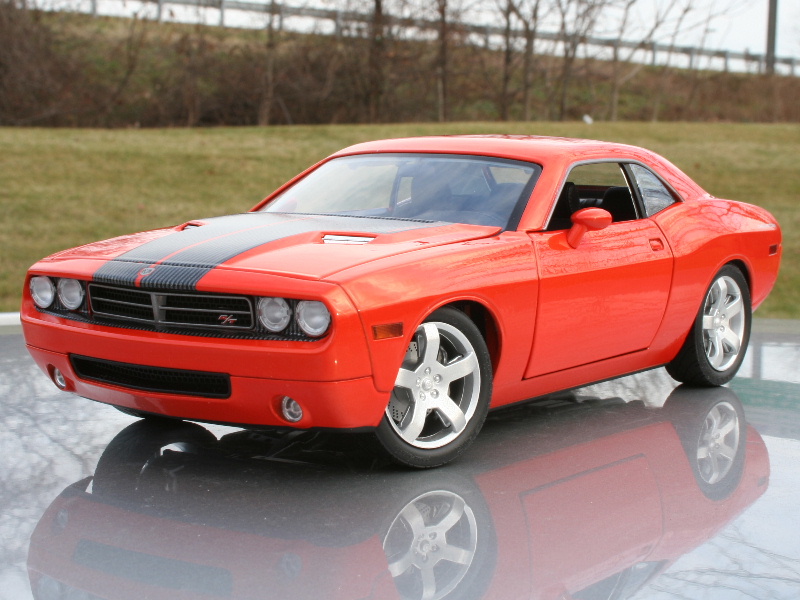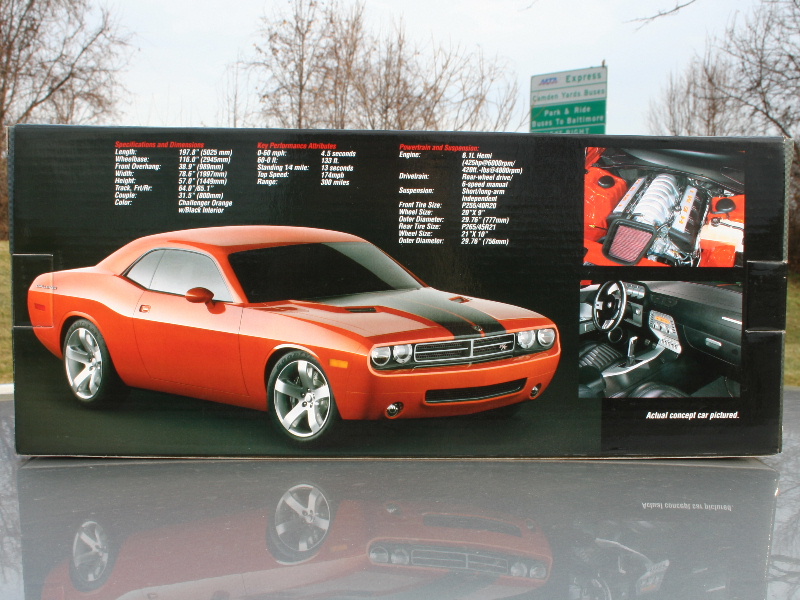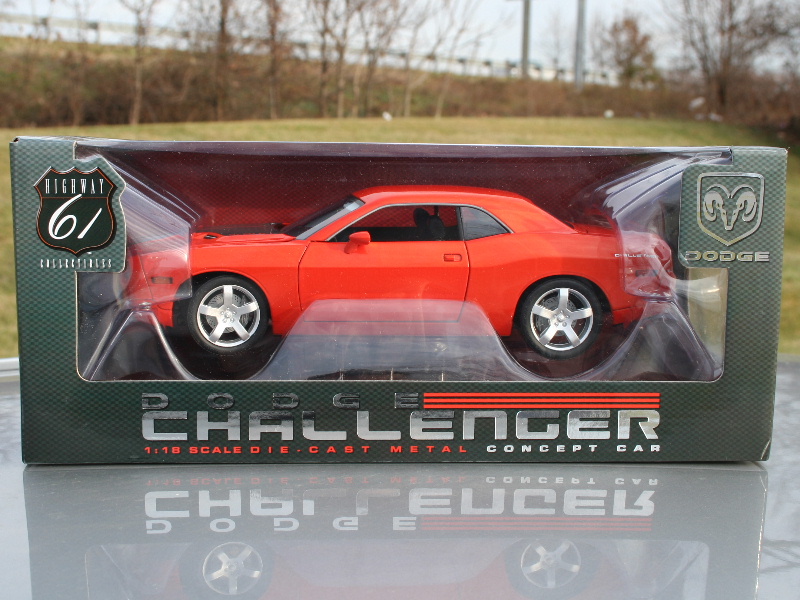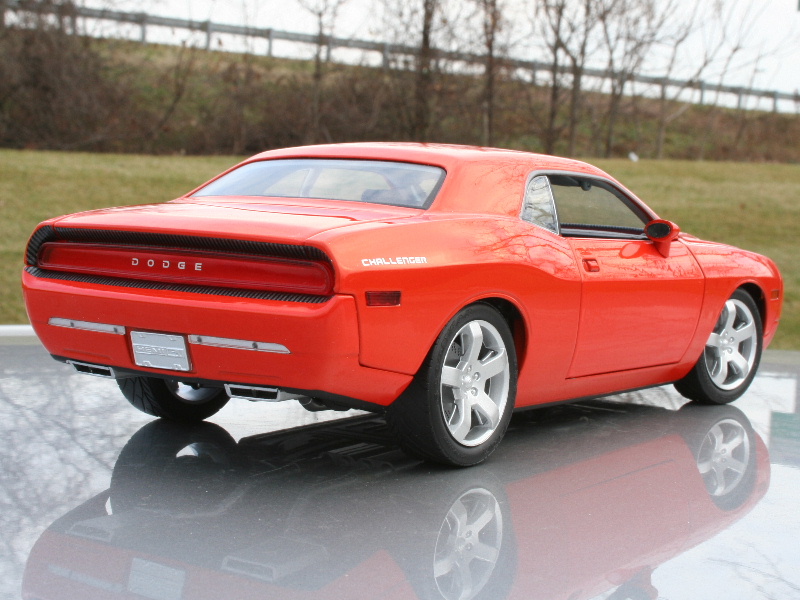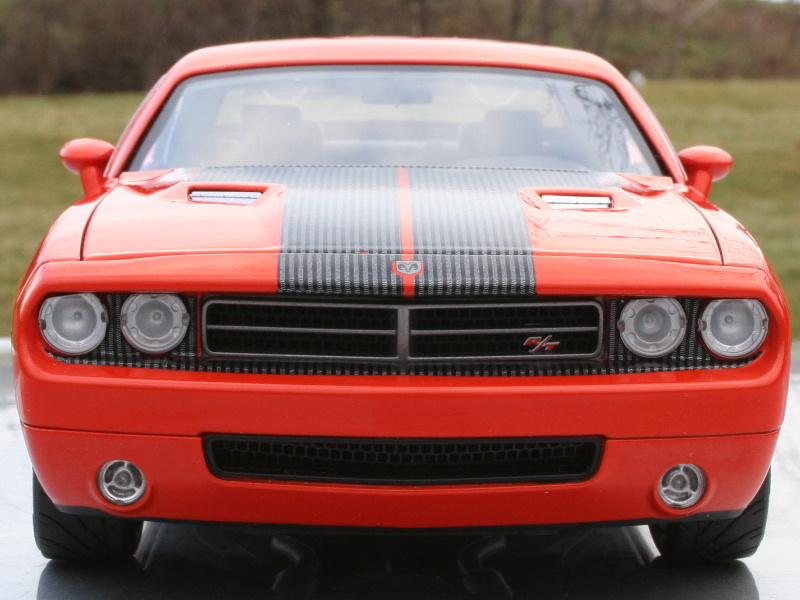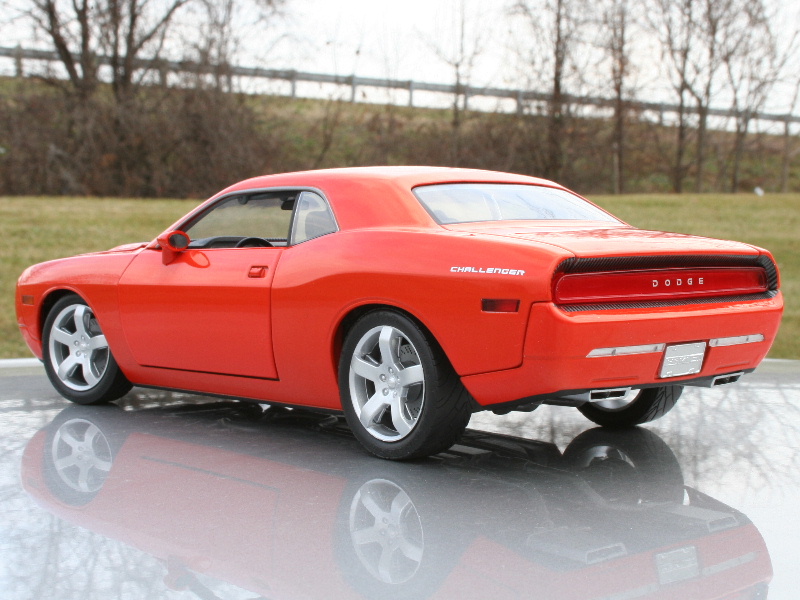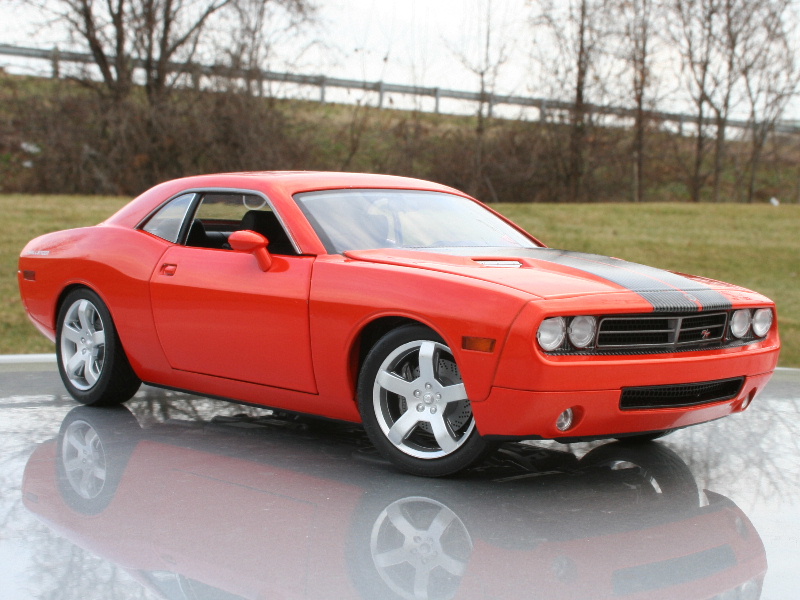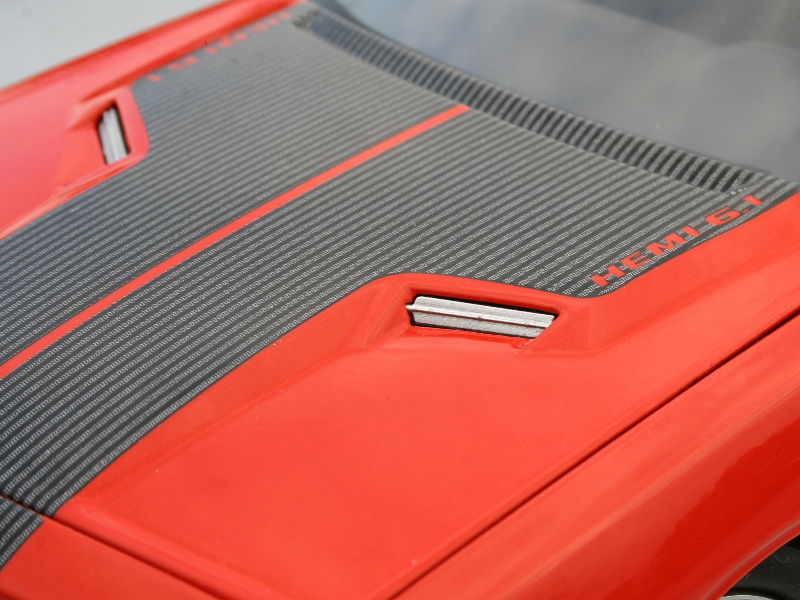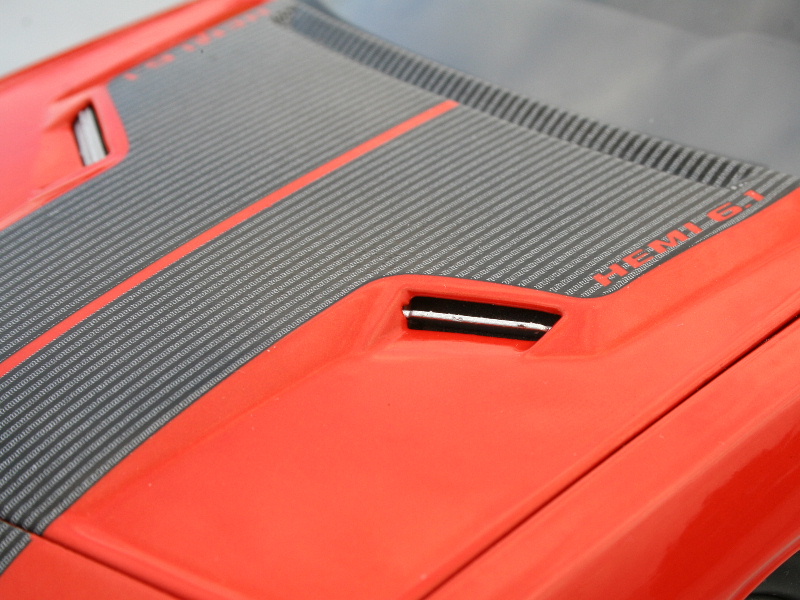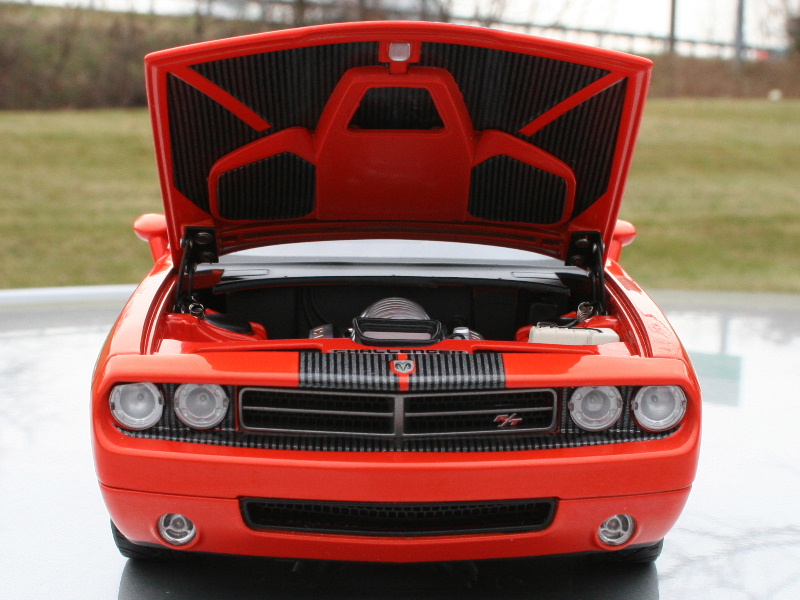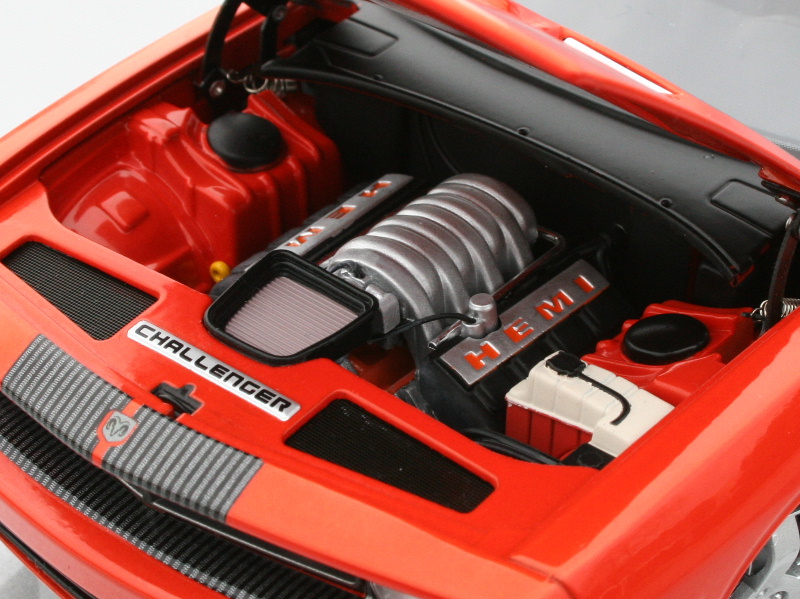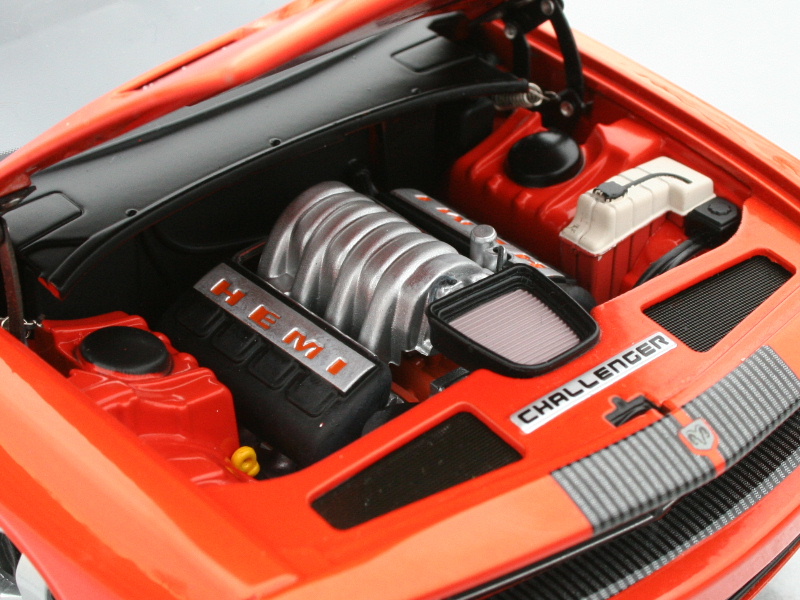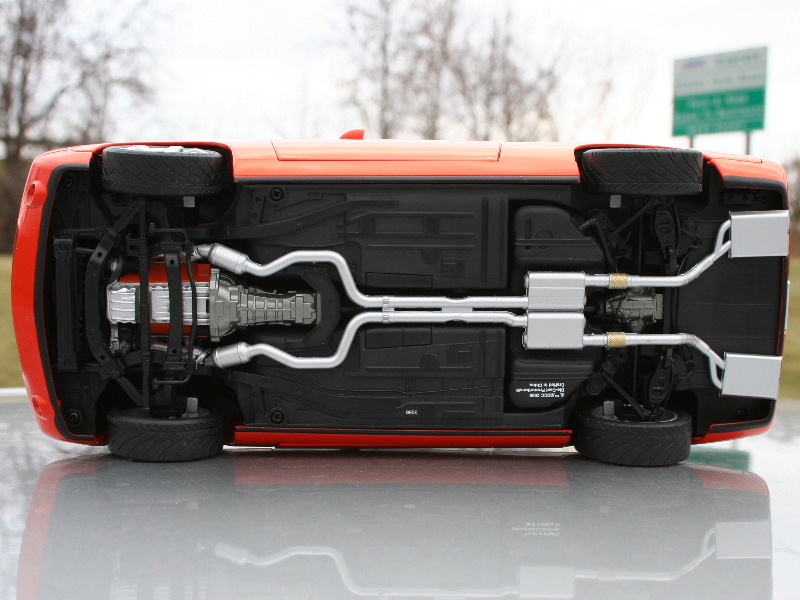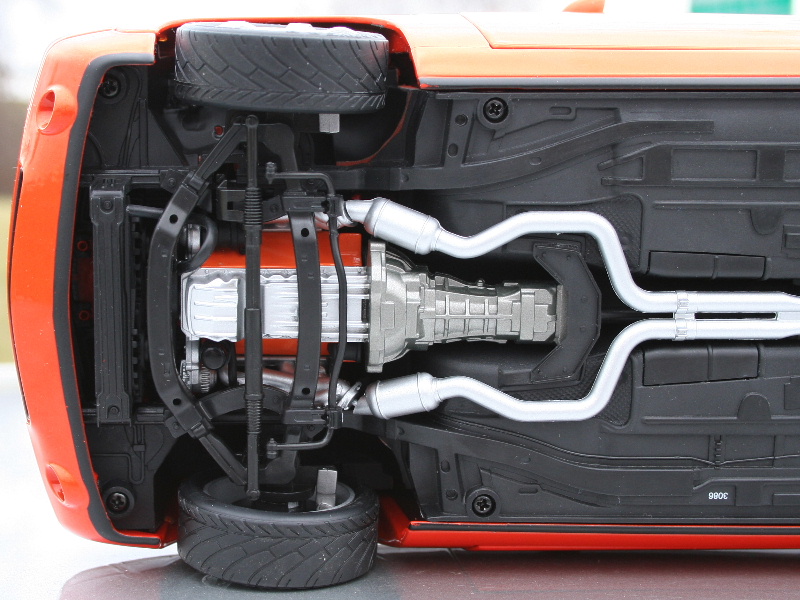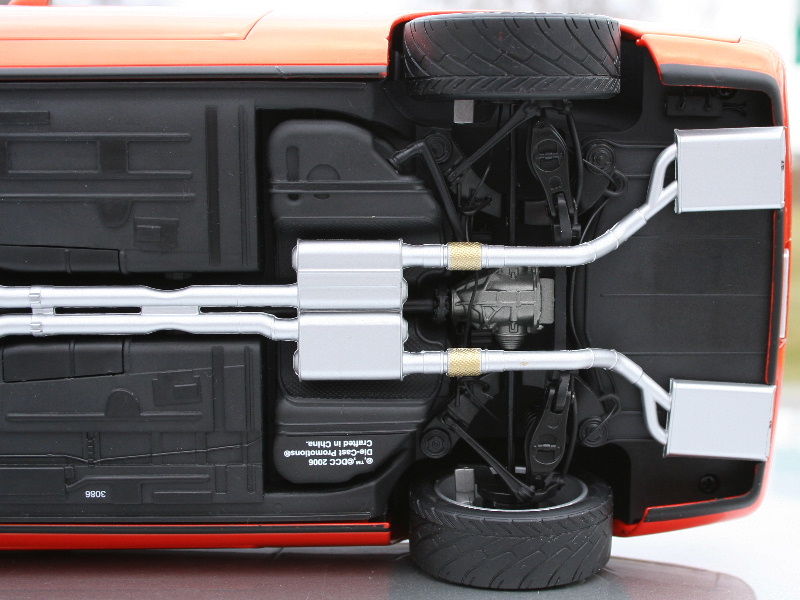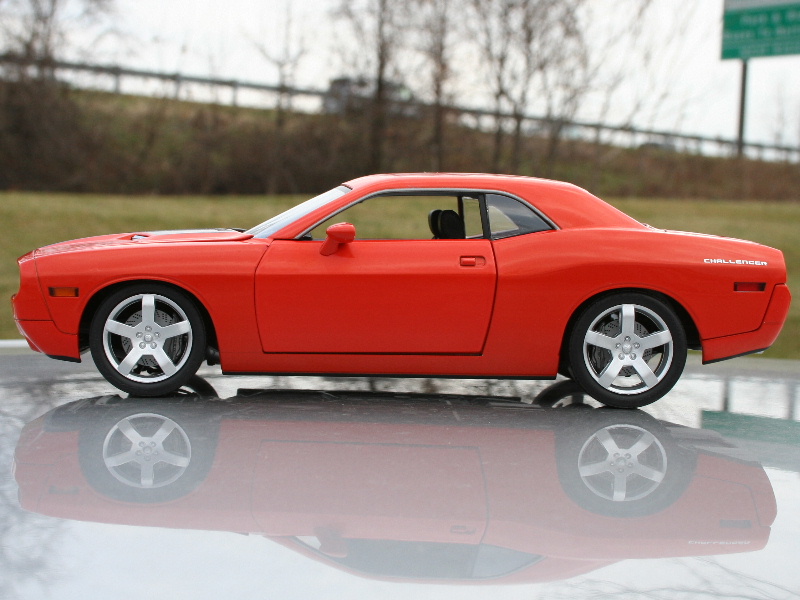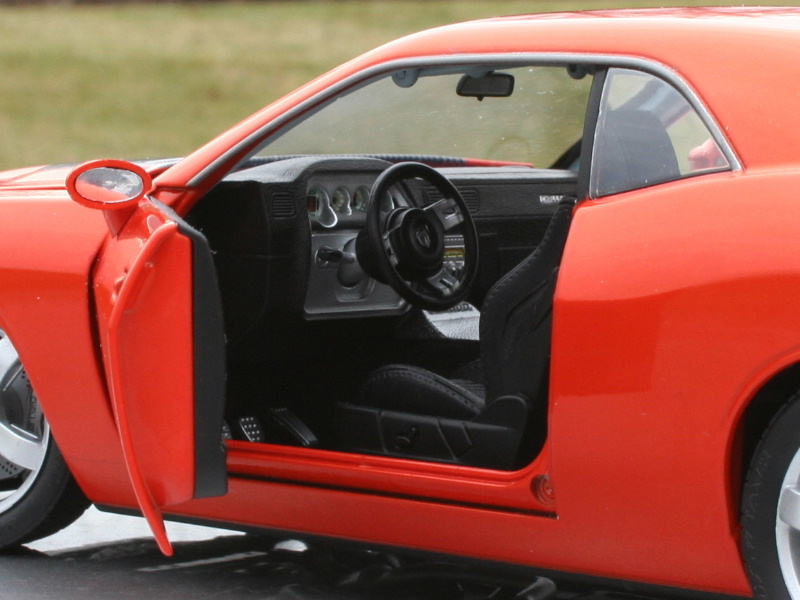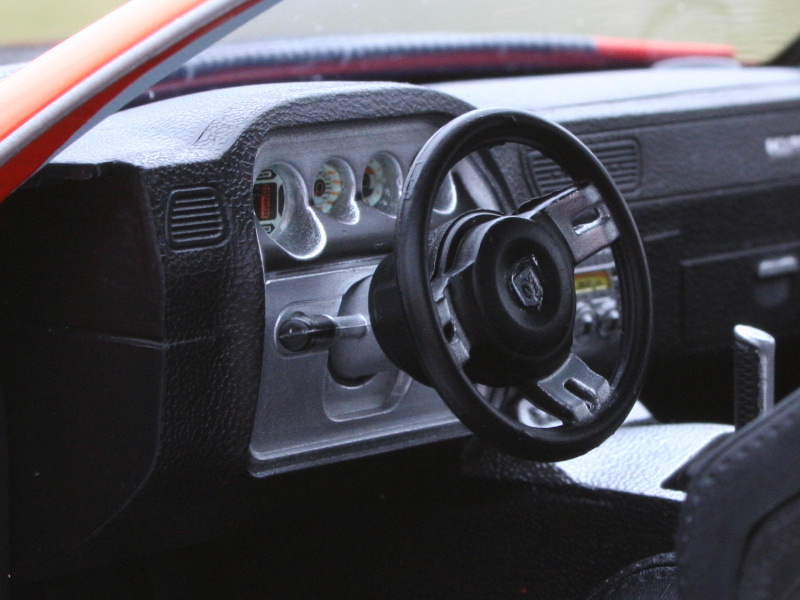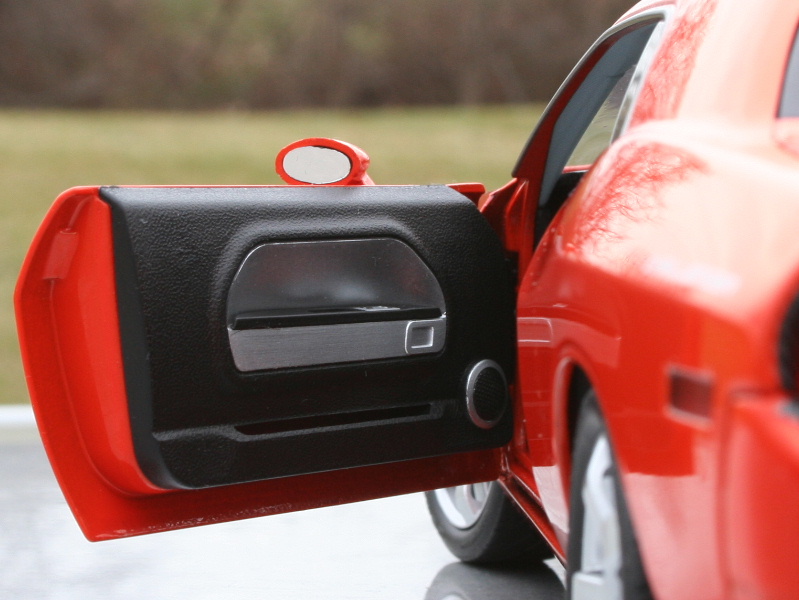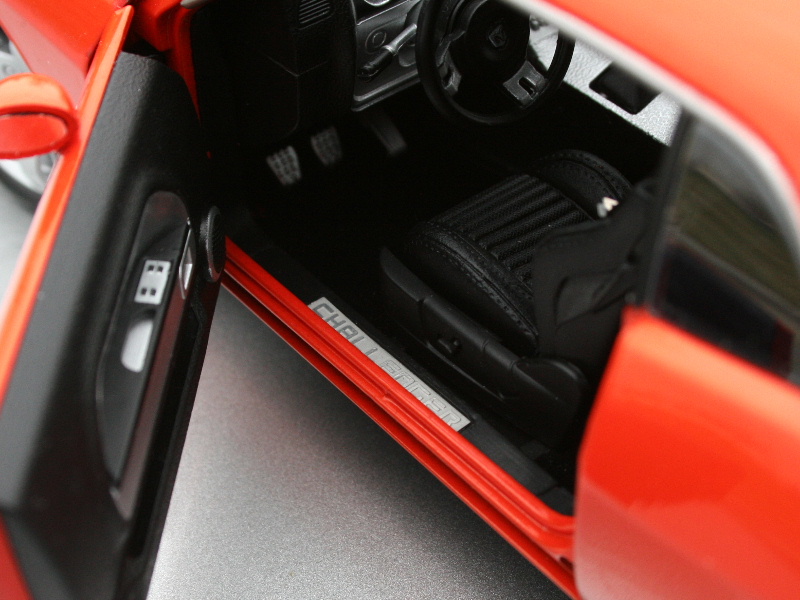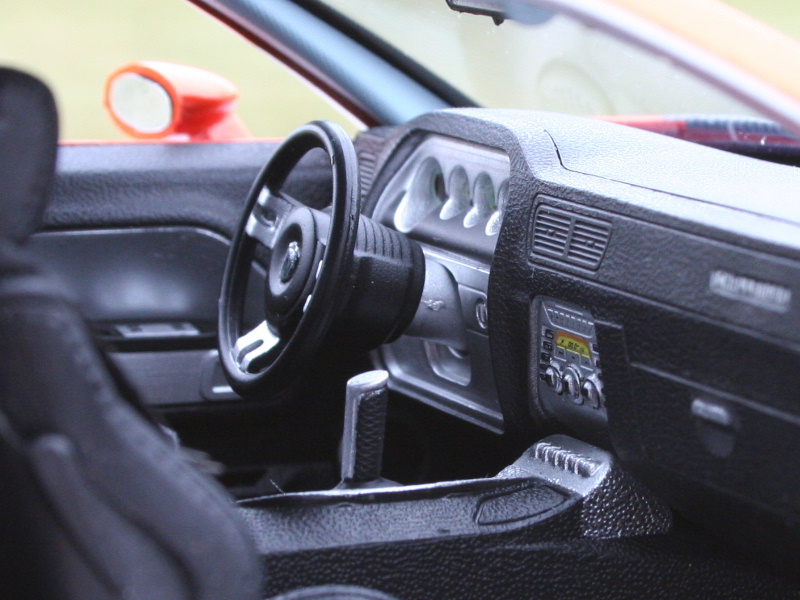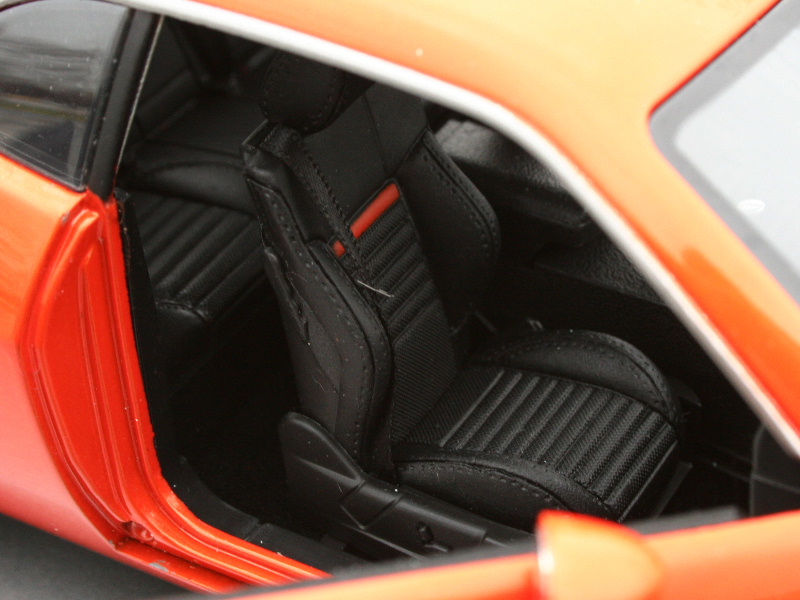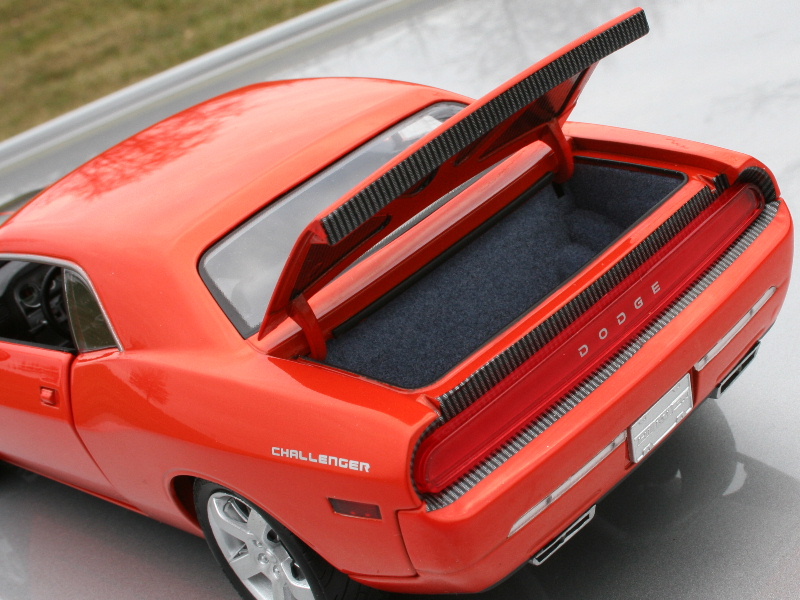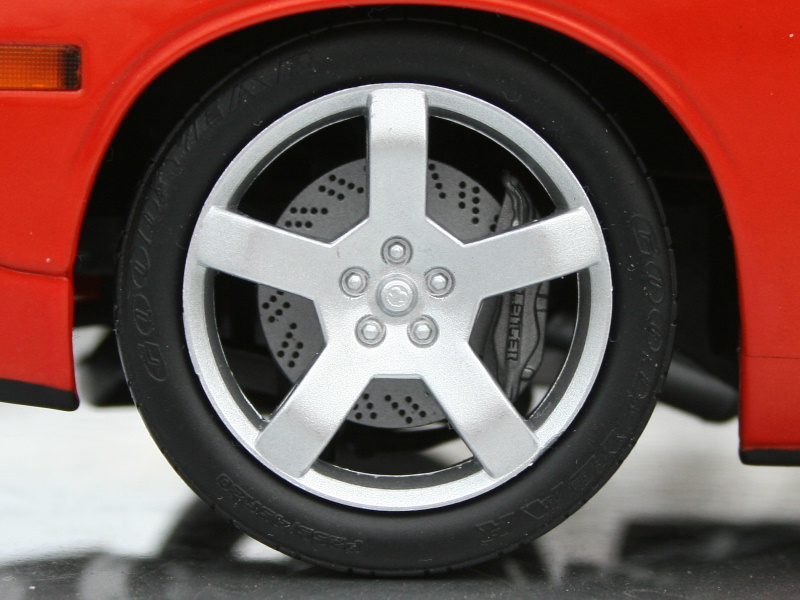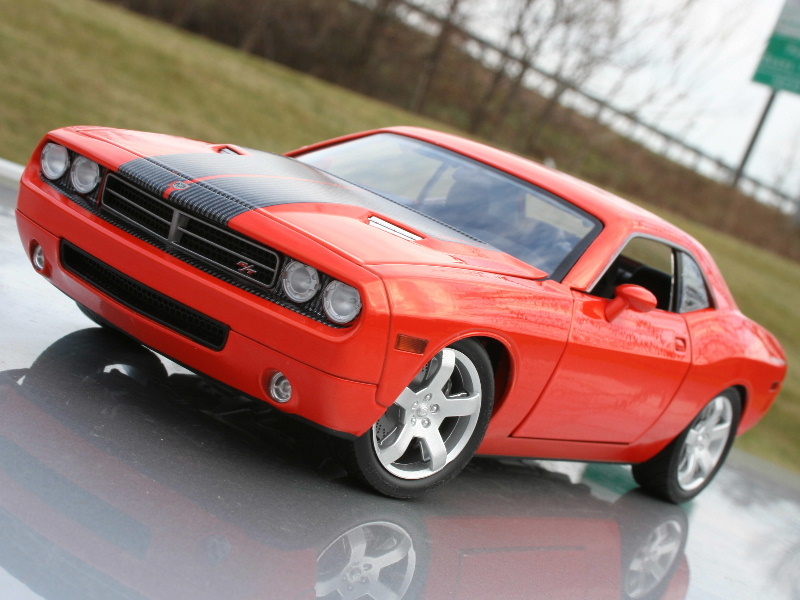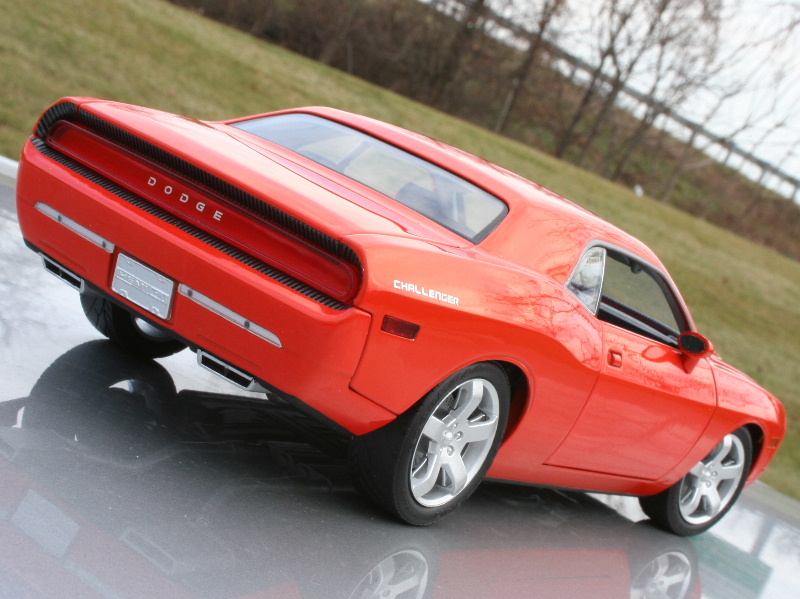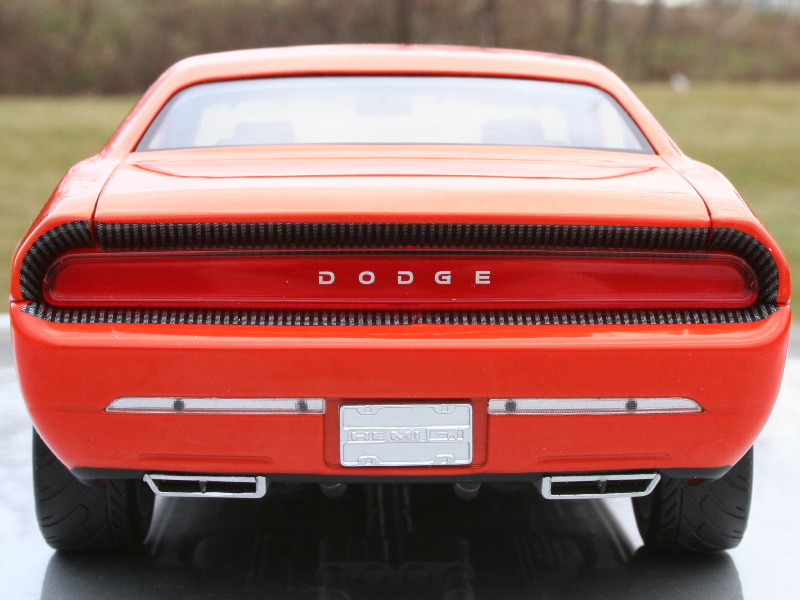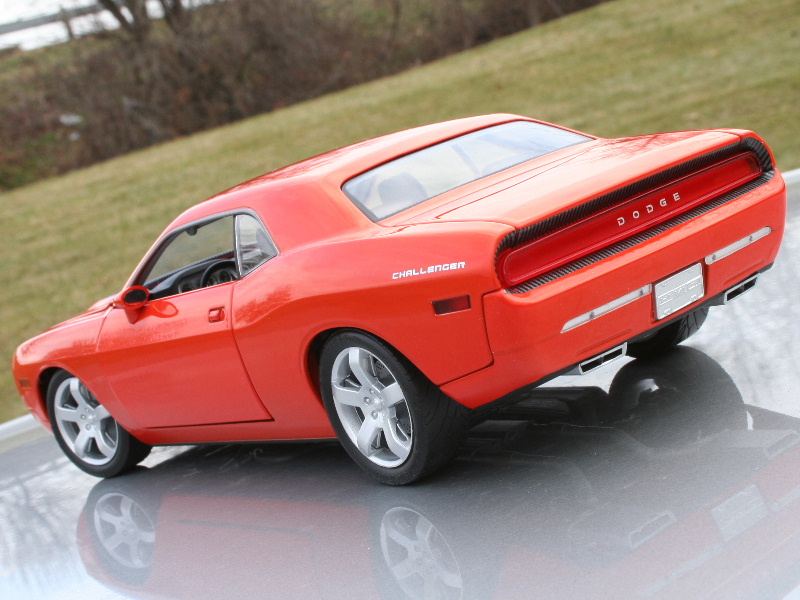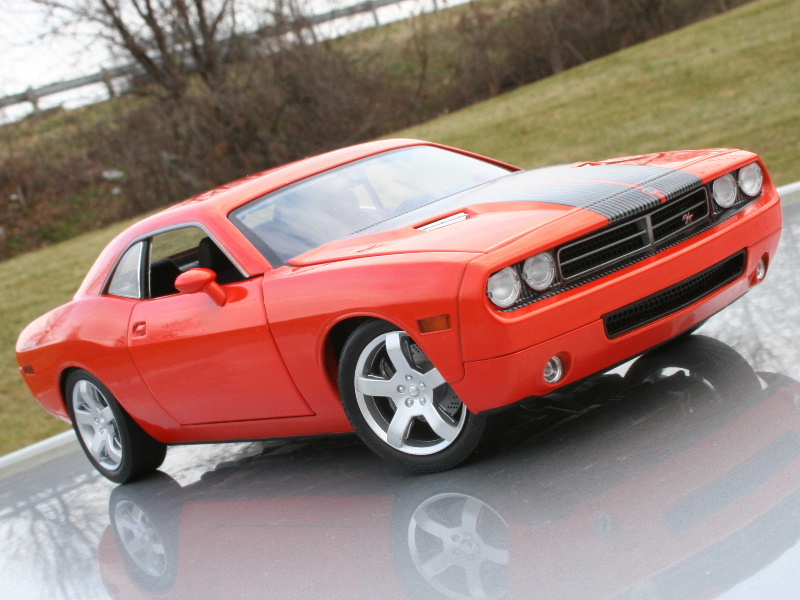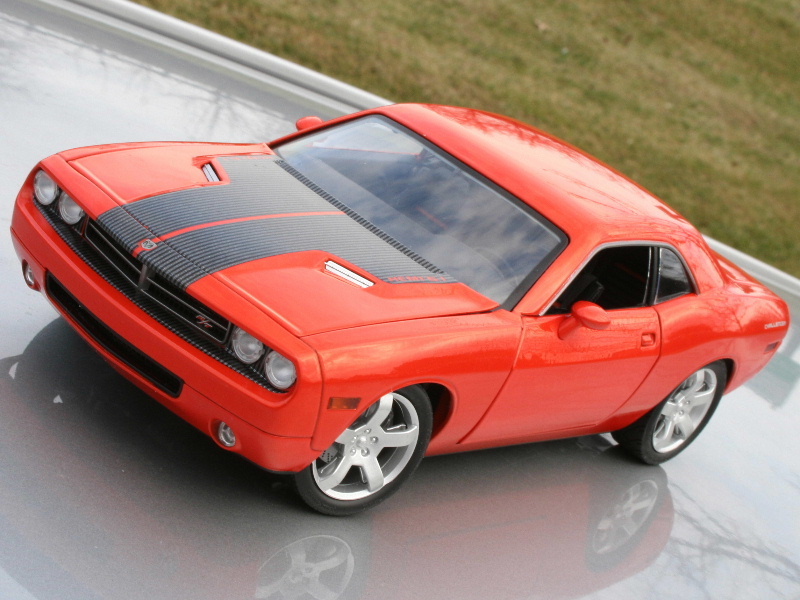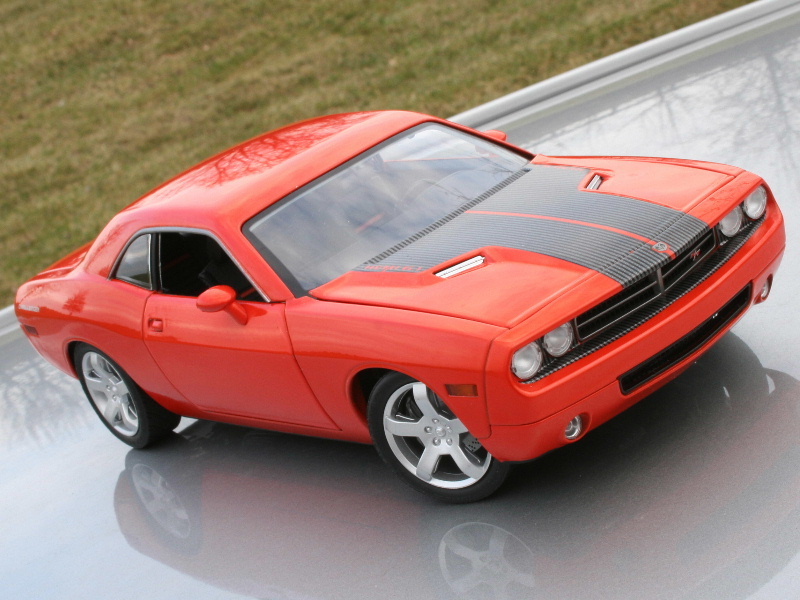 By the end of the 60’s, the pony car wars were well under way. Ford’s Mustang was in full gallop, the Chevrolet Camaro was blazing its own trail, and the Plymouth Barracuda had blossomed into a true high-performance pony car.
Pontiac
was also involved with the Firebird under its wings and Mercury had a sure thing with the Cougar, which was an upscale version of the popular Mustang. Even AMC was in the fray with the Javelin. Whereas GM and Ford had multiple representatives in the pony car market,
Plymouth
was left to carry the Pentastar banner on its own until 1970 when Dodge launched its attack on the popular automotive segment with the Challenger.
By the end of the 60’s, the pony car wars were well under way. Ford’s Mustang was in full gallop, the Chevrolet Camaro was blazing its own trail, and the Plymouth Barracuda had blossomed into a true high-performance pony car.
Pontiac
was also involved with the Firebird under its wings and Mercury had a sure thing with the Cougar, which was an upscale version of the popular Mustang. Even AMC was in the fray with the Javelin. Whereas GM and Ford had multiple representatives in the pony car market,
Plymouth
was left to carry the Pentastar banner on its own until 1970 when Dodge launched its attack on the popular automotive segment with the Challenger.
The Dodge Challenger was built on the same E-body platform as the 1970 Plymouth Barracuda, however, the Challenger was two inches longer in the wheelbase, employed unique sheetmetal, and had a personality that was distinctly different than its older cousin. Whereas the Barracuda had a low-buck image, the Challenger was targeted at the more upscale consumer, packed with as much comfort as it had horsepower.
Offered in both hardtop and convertible styles, the 1970 Challenger was available in a wide array of option packages, from the base model to the luxury based SE to the performance oriented R/T and T/A models, the latter of which was specifically designed for racing in the Trans-Am series. In addition, the Challenger debuted with an impressive engine lineup ranging from an ordinary slant six-cylinder to more potent options like the 340-ci or 383-ci V8’s to a truly ground-pounding pair of 440-ci V8’s to the top of the line powerplant, the legendary 426 Hemi. Producing 425-horsepower and 490lb-ft. of torque, with dual 4-barrel carburetors, a Sure-Grip differential, and either a heavy duty 4-speed or TorqueFlite automatic transmission, the 1970 Hemi Challenger was more than up to the “challenge” that any other pavement pounding pony car wanted to throw down.
By the end of the 1970 model year, nearly 80,000 Challengers had been produced with the Hemi installed within the chambers of 356 lucky Dodge E-bodies. Despite the successful first year, the Challenger was immediately faced with the same pressures that were plaguing the entire muscle car segment in general - stricter emissions controls, skyrocketing fuel prices, and rising insurance costs. Many of the top V8’s were dropped after 1971, leaving the Challenger to persevere with an uninspiring engine lineup until production ceased after the 1974 model year. With almost 190,000 copies sold over a five year lifespan, the Challenger made an undeniable mark on the muscle car era, and today, the 440 and 426 Hemi Challengers are considered to be among the most sought after muscle cars of all time.
In 1978, the Challenger returned to Dodge’s lineup, however, the 4-banger Mitsubishi coupe that it was based on had practically nothing in common with the original muscle-bound pony car. The captive import was replaced after the 1983 model year and the Challenger name again faded into history. Thanks to Chrysler, the Dodge Challenger has once again been resurrected from oblivion and this time, it’s poised to make a strong comeback. Similar to Ford’s latest retro-styled Mustang that generated a phenomenal response from automotive enthusiasts and critics alike, the Dodge Challenger concept car that was unveiled at the North American International Auto Show early in 2006 successfully captures the look of the original Challenger pony car in a modern package.
Inside and out, the concept car exhibits several styling cues that are characteristic of the classic Challenger, from the dual scoop “performance” hood and signature side-view contour line to the 3-spoke steering wheel and pistol grip shifter. The design also incorporates many contemporary elements, like smooth body-color bumpers, large diameter wheels, the trademark Dodge crossbar grille, and satin silver accents inside. The Challenger concept is very clean in appearance thanks to the glass which is set flush with the body without moldings, and the lack of a B-pillar makes it a true 2-door hardtop.
Built on Chryslers LC platform, the Challenger concept car sits on a 116-inch wheelbase, making it six inches longer than the 1970 model. It’s also two inches wider, giving the concept a more aggressive personality. The 6.1-Litre Hemi V8 under the hood further enhances the part. Whether or not there will be any significant changes between the current Challenger concept car and the actual production vehicle that’s scheduled to hit showrooms for the 2008 model year has yet to be seen. But based on a public reaction rivaling that which the Mustang received, it’s hard to imagine the final design will stray far from what we’ve seen in the concept. One can only hope.
If you’re a fan of the Challenger concept, like me, then Highway 61 has something just for you - a highly detailed 1/18-scale diecast replica of this magnificent modern muscle car. Finished in the same vivid Orange Pearl paint as seen on the concept, the model has an accurate stance, seated on accurate 5-spoke wheels, shod with 20” Goodyear’s up front and 21’s in back. Look close and you’ll find small trapezoidal cutouts in each spoke and behind the wheels are cross-drilled rotors and Challenger embossed calipers. Overall, the shut lines on my sample are tight, however, there are visible gaps in the front and rear body panel seams that aren’t as noticeable on the 1:1. Even so, the gaps aren’t detrimental to the models clean appearance which, like the full-scale concept, is devoid of any brightwork.
The dual-scoop hood looks great in scale form and it even features functional butterfly doors that open and close. The hood also comprises the concepts retro-style hood stripe with orange Hemi 6.1 callouts. On the life-size car, the stripe is actually a cutout, exposing the carbon-fiber material of the hood. Unfortunately, the weave pattern on the model looks out of scale. On the upside, the precisely cut mesh behind a brand specific crosshair grille look splendid as do the dual headlight arrangements with their six-shooter style housings. The characteristic full width tail-lamp is also beautifully rendered with a Dodge tampo applied in the center. You’ll also find an R/T emblem in the front grille and silver Challenger badges positioned on the rear quarters above the traditionally styled rectangular side marker lights which are realistically fashioned out of plastic.
Resting beneath the hood of Highway 61’s 1/18-scale Challenger concept is an authentic copy of Chrysler’s 425-hp 6.1-Litre Hemi V8. Wired and plumbed, the miniaturized engine is painted in a genuine Hemi Orange and features cast aluminum heads and an aluminum intake manifold which is shouldered by a pair of black valve covers with Hemi Orange letters recessed in silver wedges. Attached to the throttle body is an open element air filter that lines up with the intake duct work on the underside of the hood which is highlighted with numerous carbon fiber inserts and propped up on spring-loaded scissor hinges. Additional details include a painted fluid reservoir and a pair of mesh screens flanking a Challenger badge atop the radiator support. Other vital components are neatly concealed to give the traditional body-color engine bay the same clean look as the exterior.
That same clean design extends to the Challengers monochromatic interior. Dressed in black, the interior features several carefully appointed relief accents, from the thin orange bands on the front seats to satin silver trapezoidal shapes positioned along the dash and center console. One such shape surrounds the detailed center cluster while another functions as the setting for the inline 4-port cylinder head style gauge panel. I was really impressed by the microscopic font that defines the individual faces housed in the circular gauges. With the help of a magnifying glass, I was able to make out the telemetry settings found in the larger outboard dial. Now that’s what I call detail. Matching satin silver geometric shapes decorate the Challengers door panels which are fastened to a pair of realistically hinged doors.
Highway 61 faithfully captured other key design aspects of the Challenger’s interior, including the modernized pistol grip shifter and the 3-spoke steering wheel that evokes the original “Tuff” wheel look of the 1970 Challenger with its pierced spokes and ribbed column. The sliding bucket seats are one of my favorite features of the interior, fashioned with accurately molded frames and hefty bolsters designed for real-world lateral stability and detailed with precisely reproduced horizontal pleats and seam stitches along with the aforementioned orange bands. The floor is fully carpeted with photo-etched Challenger door sill plates and the headliner is finished with articulated visors and a clear plastic dome light. And if that’s still not enough detail, then you’ll surely appreciate the painted foot pedals and Challenger emblem above the glove-box.
The opening trunk doesn’t provide nearly the amount of eye candy or finger fun as the previously mentioned areas, but what matters the most is that what’s supposed to be there is there, like wall to wall carpeting and the additional carbon fiber panels located on the underside of the trunk lid. On the “flip” side, the chassis has plenty to offer, like a proper reproduction of the Challenger’s 6-speed manual transmission and a realistically painted dual exhaust system with wide rectangular outlets. And did you take notice to the independent rear suspension? From the detailed housing to the working coils and sliding arms to the individual rear brake lines and hangers, it’s quite clear that Highway 61 paid close attention to this component, and in my opinion, it’s the main attraction of the undercarriage and one of the coolest features of the model.
Between Ford’s Mustang and the pending arrival of the Dodge Challenger and GM’s redesigned Chevy Camaro, the pony car wars are staged to pick up where they left off over 30 years ago and Highway 61’s 1/18-scale rendition of the Challenger concept is an exemplary token of the muscle car renaissance. Whether you’re one of the many hoping to purchase one of the new Challengers when they release in 2008 or can only dream of owning such a car, then this high detail diecast replica is just for you. In addition to Orange Pearl, Highway 61 will be producing their 1/18-scale Challenger concept in other popular Mopar colors, like SubLime, Panther Pink, and Plum Crazy. Whichever version you choose, you won’t be disappointed.




